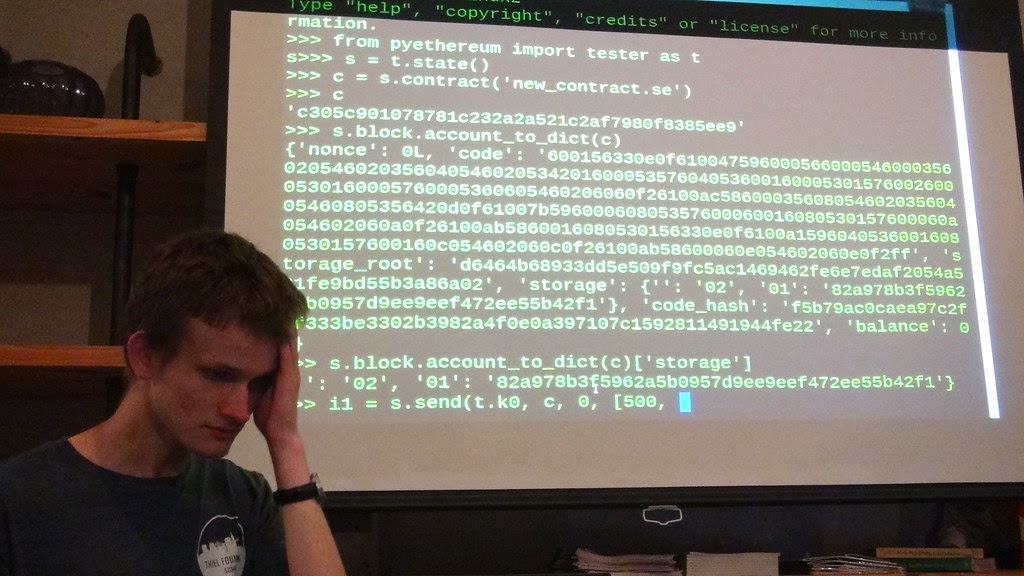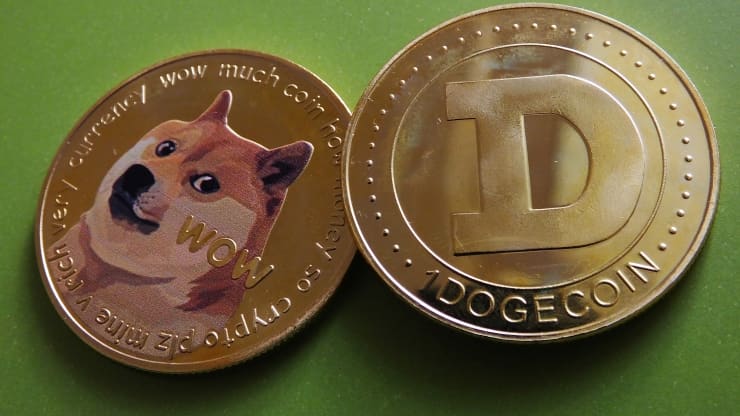The purported widespread claims that the Ethereum ecosystem is run by an inflationist technocrat don’t seem to sit well with Ethereum co-founder Vitalik Buterin. He refers critics back to the initially planned inflationary Ethereum supply as contained in the whitepaper.
A deflationary economy is one of the core competitive advantages that blockchain offers, and it’s what sets it unique from the traditional financial industry. When people talk about Bitcoin and other cryptocurrencies, they are usually quick to tell you how the supply will remain fixed forever just like 21 million Bitcoin.
Ahead of the Ethereum 2.0 serenity update, the Ethereum community has continually pointed towards the uncapped total supply of ETH with alleged claims that ETH will have an unending circulating supply contrary to what we know to be a deflationary cryptocurrency.
Clarification About Ethereum Supply
Over the week Vitalik Buterin, the most vocal Ethereum co-founder has defended the digital asset referring critics to fact-check the projected supply contained in the whitepaper. In a tweet made by Vitalik on June 17, he clarified that the ETH supply is today 40 million less than what was forecasted 5 years ago:
“ETH supply that the whitepaper says we would have today: 150.8 million, actual ETH supply today: 111.3 million. So please don’t try to claim that Ethereum is run by inflationist technocrats.”
Though Vitalik pointed out the slow supply he didn’t address the concerns surrounding the uncapped total supply of Ethereum which alleges that Ethereum isn’t run by a protocol “set in stone” but by people who have largely corrupted its design. Without saying, this directly raises a lot of centralization concerns around the Ethereum ecosystem.
Concern for The Future Of Ethereum
Ethereum which currently runs on the Proof of Work (PoW) consensus algorithm will gradually be switched to the Proof of Stake (PoS) network consensus. The community has been concerned about how the proposed protocol will handle inflation in the coming years.
Looking at the comment box, it’s crystal clear that Vitalik’s explanation of Ethereum supply being at 111.3 million instead of 150.8 million doesn’t seem to have done any good in addressing the concerns plaguing the ecosystem. Regardless, it remains an interesting observation from the Ethereum co-founder.
As the serenity upgrade draws closer, how the laid down protocol handles the Ethereum inflationary economy will be one of the most anticipated areas of its network upgrade.











